The vase features a bell-shaped upper body in burnished bronze bordered by a gilded band depicting rural scenes. At the center of the body of the vase is a gilded bronze appliqué depicting a bacchante and a satyr, intent on playing an instrument while dancing.
On the sides of the vase are two scroll-shaped handles with plant motifs, on which are the heads of two lunar deities, as suggested by the crescent moon above their heads.
The upper part ends with a double gilded band beneath which is a gilded festoon of flowers and leaves held by two bows.
The vase stands on a cylindrical pedestal with appliqués depicting Vestal Virgins, resting on a gilded base.
The vase is completed by a burnished bronze lid with a gilded dome-shaped decoration topped by an eagle.
This vase is part of a group of works created in Russia in the early 19th century by the German-born bronzesmith Friedrich Bergenfeldt (1760-1814/22). The vases he produced during this period were an expression of the Russian Empire Style, which drew heavily from the French style, which was very popular throughout Europe. His vases were characterized by a classical design, with elements drawn from the ancient world, such as deities and mythological figures, combined with more romantic elements. The overall style had great similarities with the works of the French Empire Style, particularly those of the bronzesmith Claude Galle (1759-1815), whose works, with an antique feel, were particularly appreciated.
BIOGRAPHY
Friedrich Bergenfeldt was born in Westphalia in 1760. He began his career as a bronzesmith in Russia, where many German and Swiss artisans came to work. At the end of the 18th century, he is thought to have spent some time in Paris, where he most likely met Claude Galle. He then returned permanently to St. Petersburg, where he became one of the most sought-after bronzesmiths among the Russian aristocracy and royalty: his clients included Count Stroganov, Prince Yusupov, and Empress Maria Feodorovna. He established himself as one of the most highly regarded bronzesmiths in the early 19th century thanks to the quality of his works, so close to the French style, which were highly sought after in Russia. He created monumental vases, chandeliers, and fine candelabra, as well as bronzes for furniture for his compatriot cabinetmaker Heinrich Gambs, also active in St. Petersburg. He also collaborated with other bronze workers in St. Petersburg and other artists who designed the works he created.
Bergenfeldt's bronze-working career, however, was short-lived, and he ceased working as early as 1807.
He died in St. Petersburg in 1822.



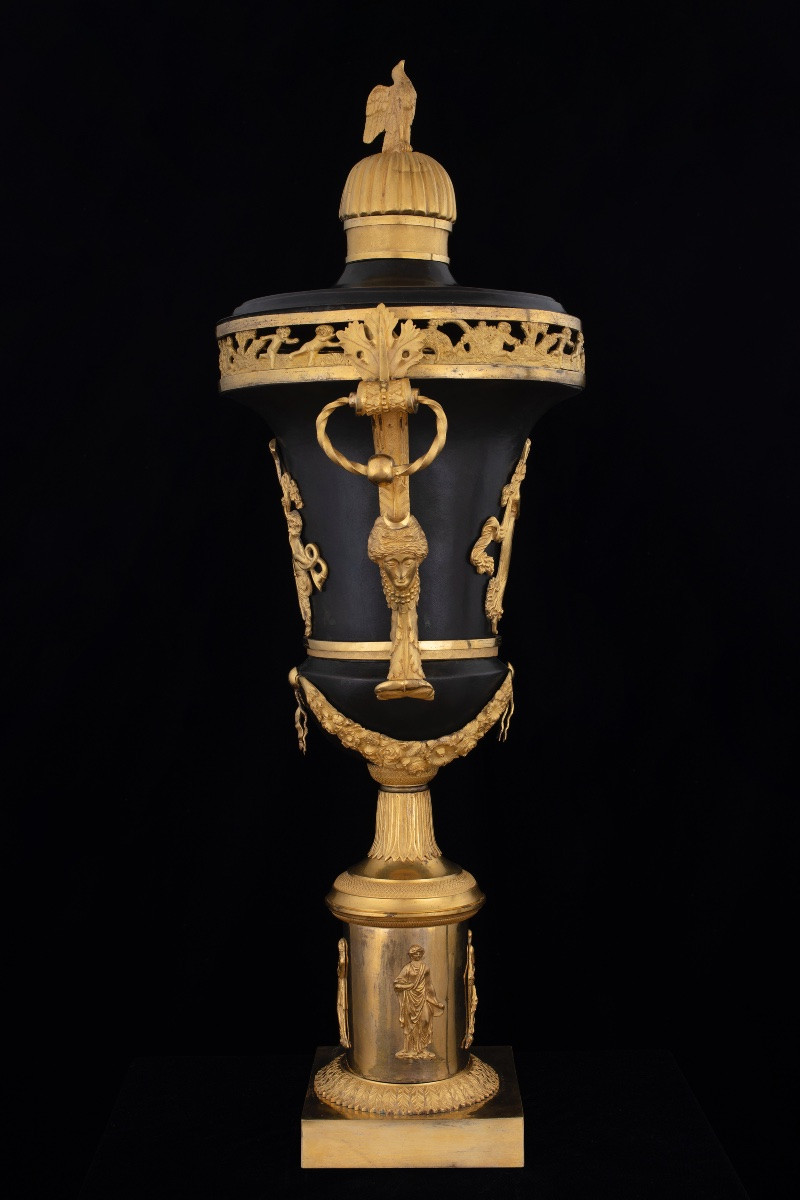
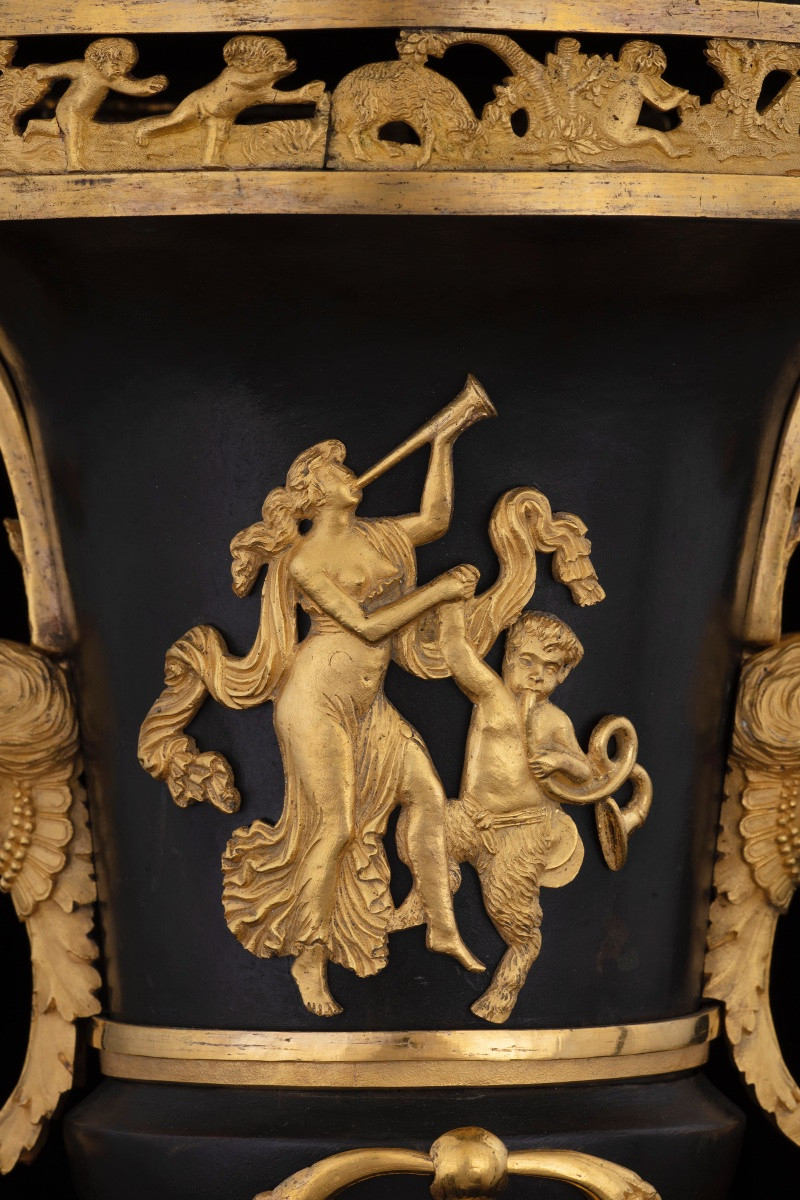
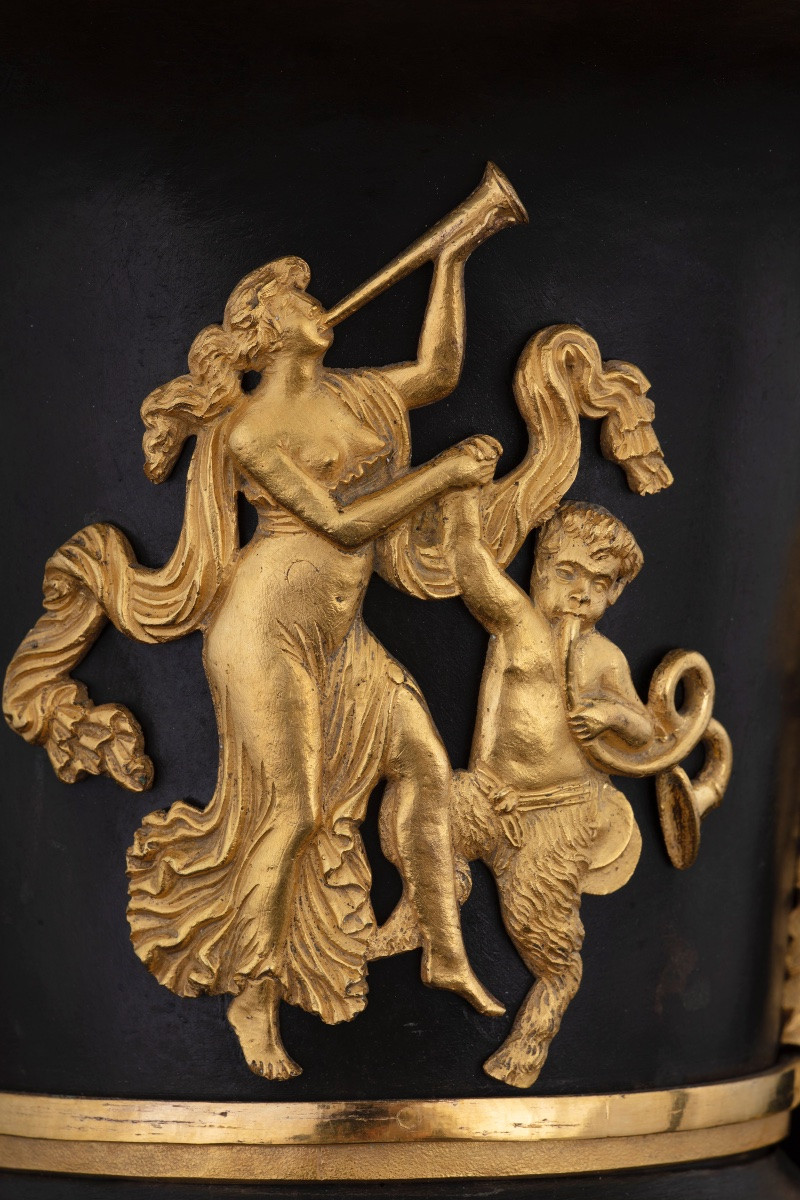
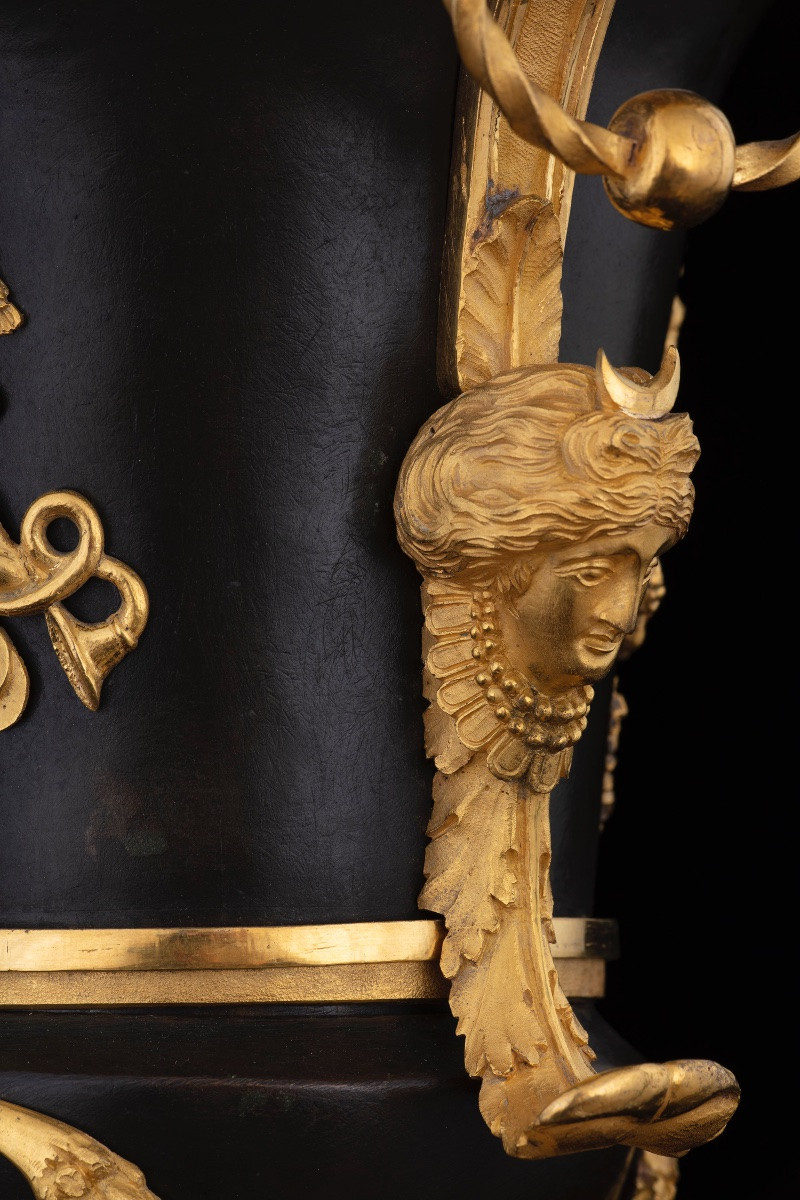
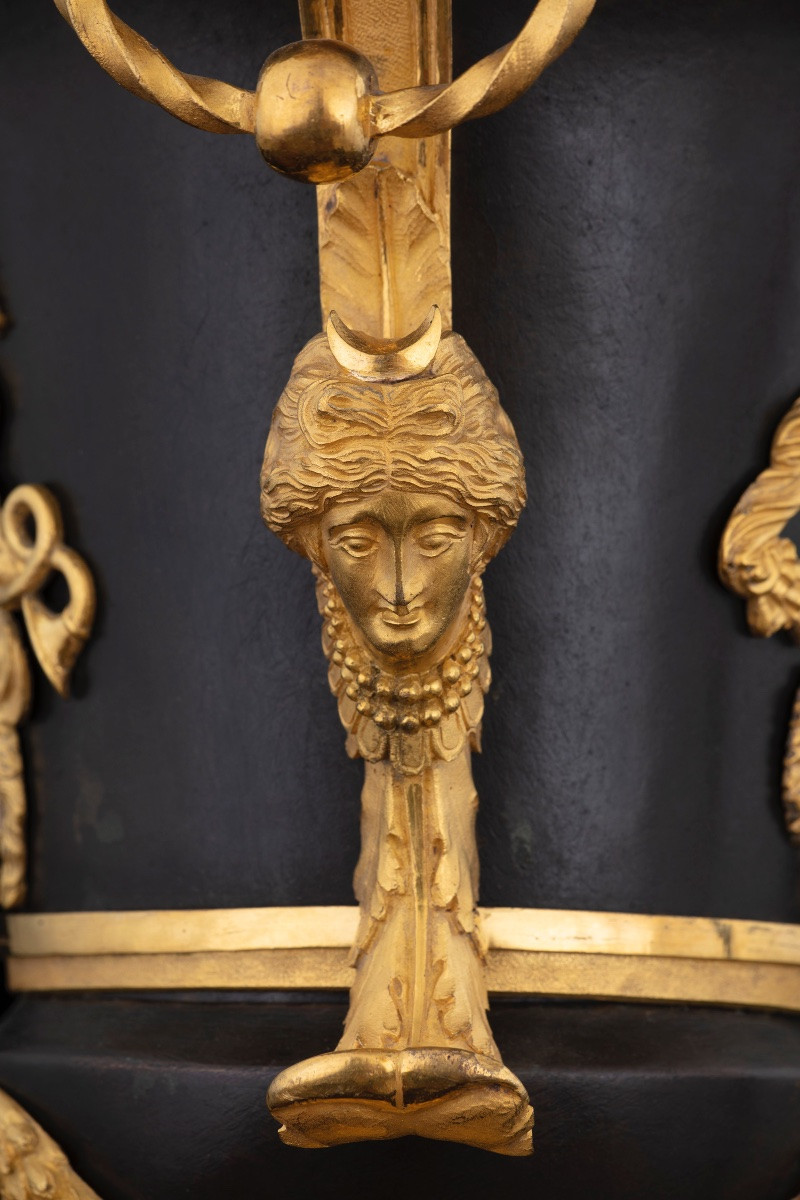
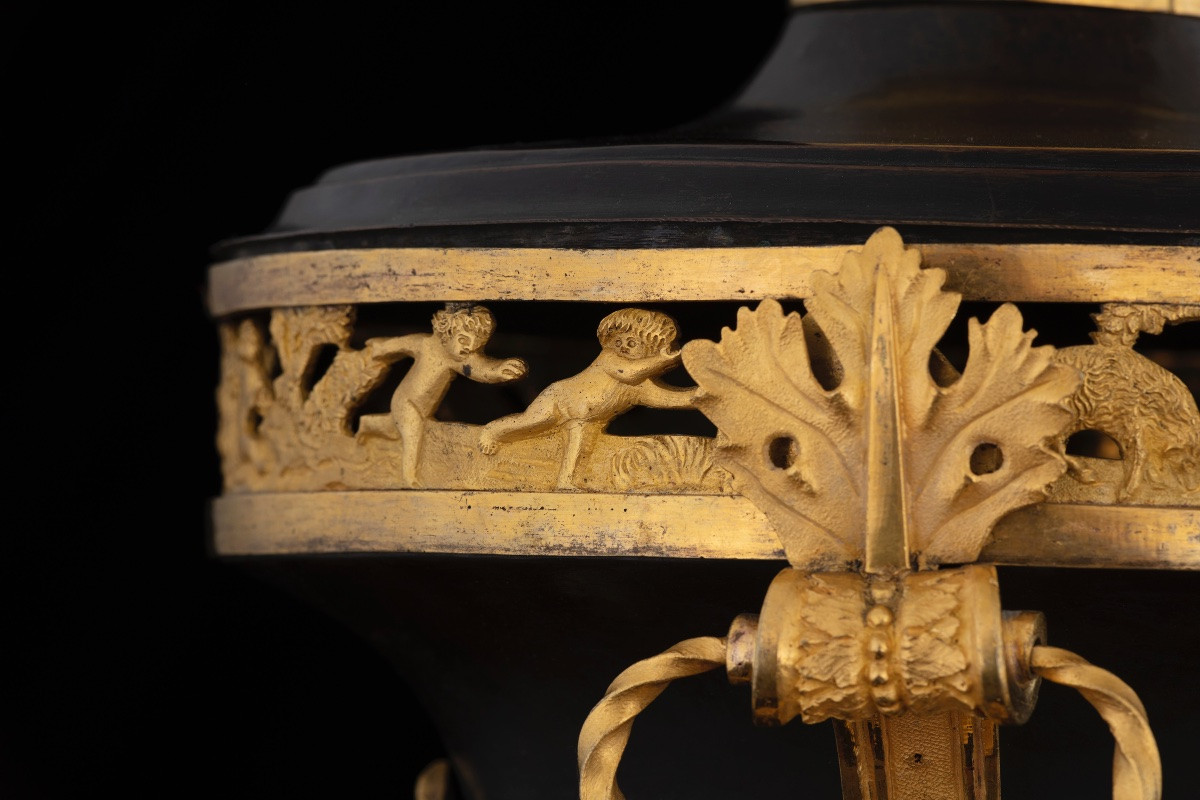
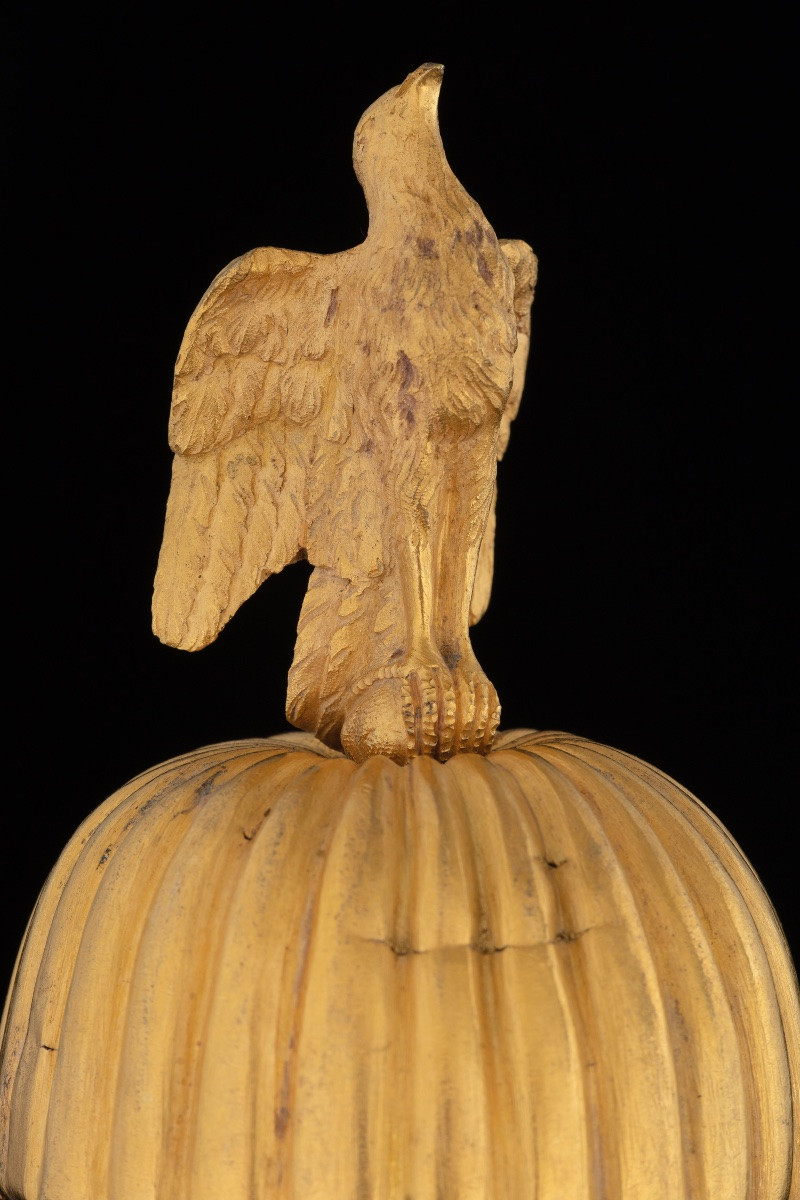
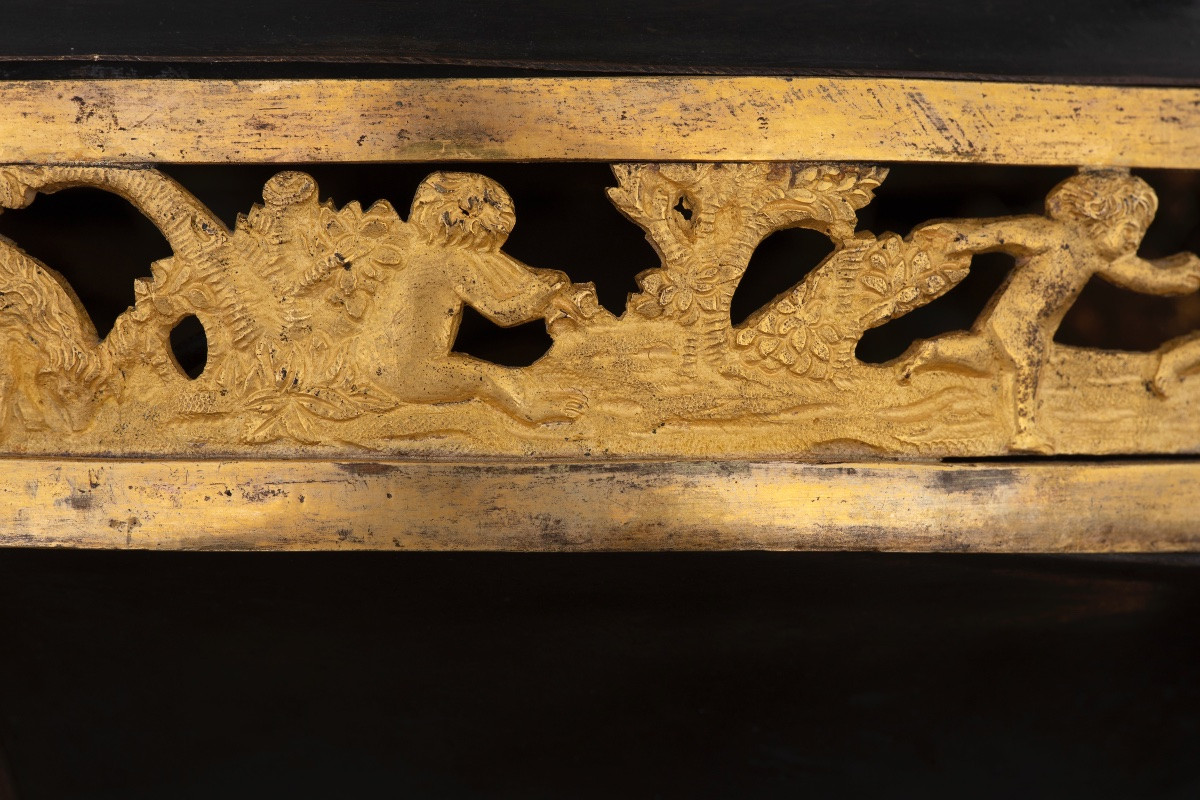
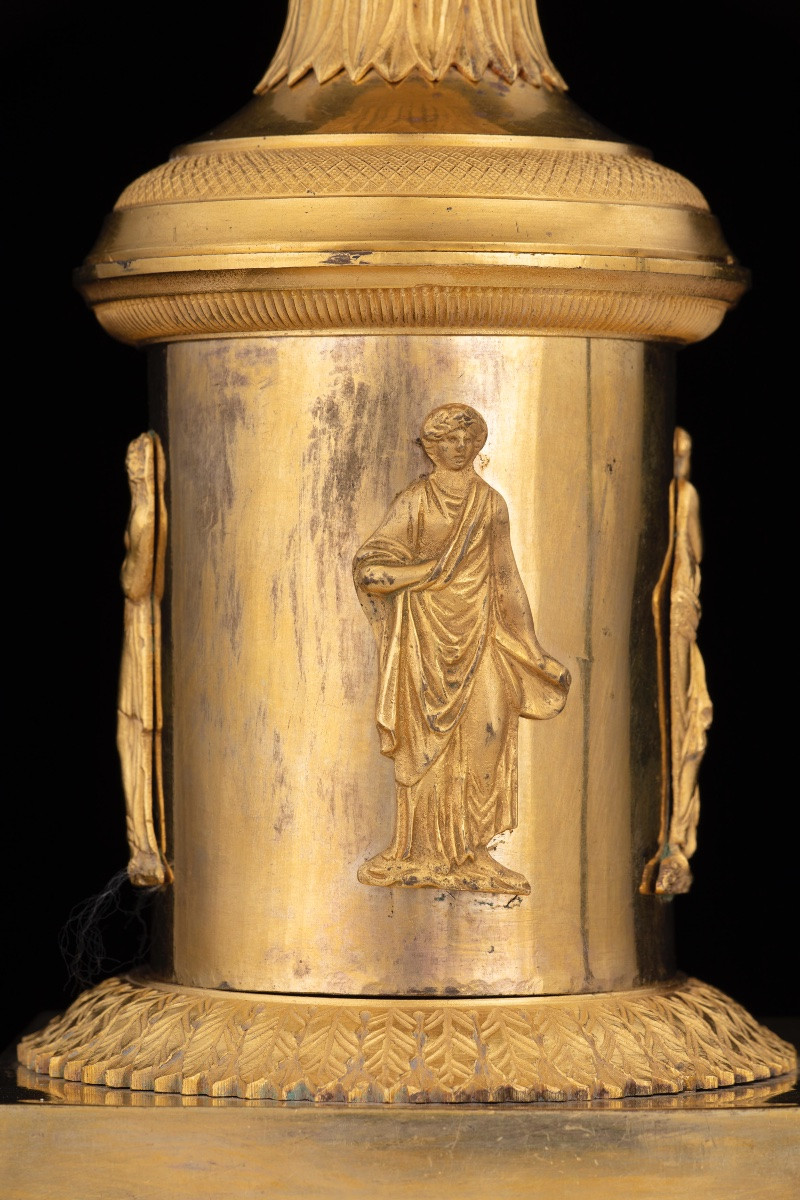
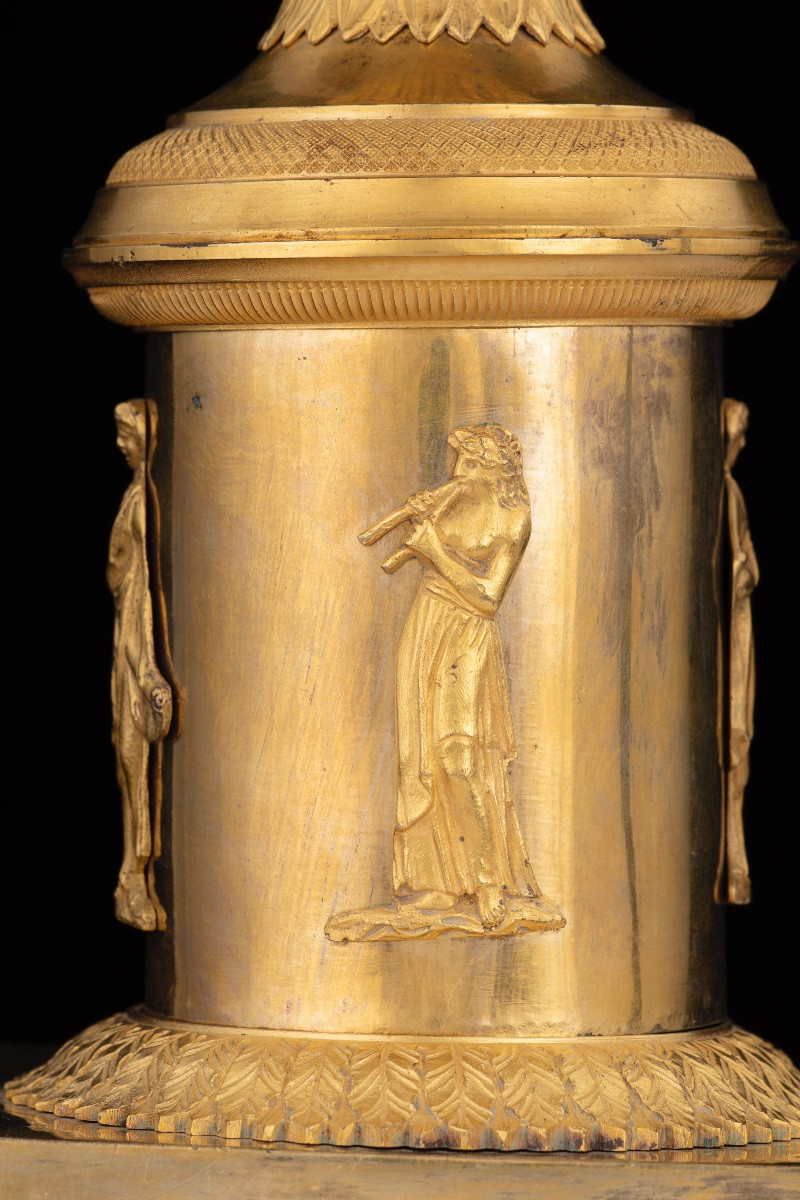














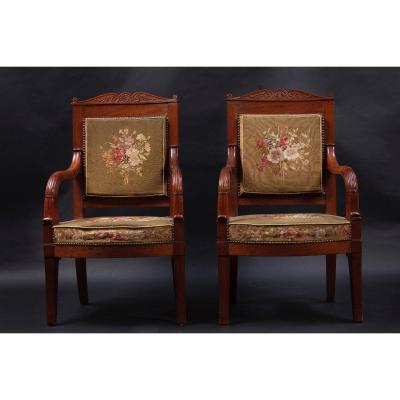

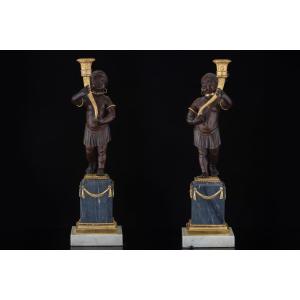







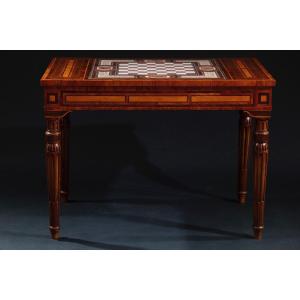










 Le Magazine de PROANTIC
Le Magazine de PROANTIC TRÉSORS Magazine
TRÉSORS Magazine Rivista Artiquariato
Rivista Artiquariato